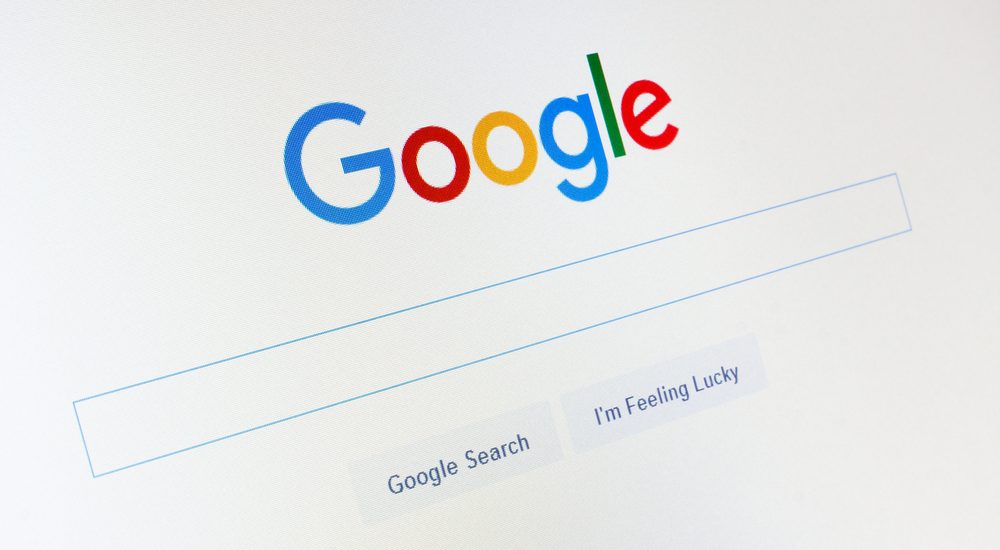- April 5, 2017
- Posted by: admin
- Category: Marketing, SEO

In this article I will try to organize the information available, to highlight the main ( in my opinion), the core ranking factors on Google.
1) Domain Name.
The presence of the main keyword in the domain name or subdomain is a weighty argument in determining the site’s relevance to a particular topic. Of course, if your site is devoid of this, it does not mean that it will be impossible to compete with the resources that have the keyword in the domain name. Let’s just say, just a small competitor will be given a head start. It is assumed that the closer it is to the top, the greater the effect of giving:
Title tag has been and remains the most important internal ranking factors. In this case, the closer to the top in its key word – the greater the effect it gives. But we must not sacrifice the readability of a title, do for people.
To be included in the title a few key words, write a heresy like “buy tiles, information about tiles, in St. Petersburg, on the tile prices” absolutely necessary. It is come kind of design:
3) Description pages.
In contrast to Yandex to Google for keywords in the meta tag description continues to be important. But, in my opinion, in the near future the situation will change.
4) H1 headline.
The second most important internal factor of the ranking after the Title. Again, comparing with the search engine Yandex, there is a caveat. It consists in the fact that the latter does not like when the H1 header is used with the application to it of style. For Google the same – that the style that no – basically all the same. But in order to optimize the process was more versatile, better to use it in its pure form:
5) The key word in the text of the page.
When the Google search engine optimization, keyword density should be such that they stand out from the general profile of all the words on the page (but without perespama, of course). Otherwise, everything is standard:
- The closer the keyword to the top of the document, the better.
- Accurate inclusion of key phrases have more weight than with the changed word order or transformed word forms.
Unfortunately, that Google is good, Yandex – death. In other words, the density, ideal for Google, is likely to be spamnoy for Yandex.
6) The amount of text on the page.
A large amount of content allows us to give a more complete answer to your user topic. The bigger, the better. Do not need to, I think, to remind you that the content must be:
- Unique.
- Grammar and spelling correct.
- Formatted and easy to perceive (lists, numbering, paragraphs).
- Not be repeated on the site, even in a modified form.
- Updated regularly.
7) The images and media content.
Images and videos (especially embedded from YouTube, owned by Google), contained in the pages, not only to increase the readability of related materials, but also provide additional advantages to their quality. Do not forget about the additional properties of such elements, bearing useful information for search engines:
- Alt image.
- Title image.
- Title to insert iframe video.
8) Outgoing links.
Outbound links to high-quality and thematically similar sites have a positive impact on the relevance of the page. For example, referring to the information material on authoritative sources, you increase the credibility of the referring page.
9) Internal perelinkovka.
The concept of page weight, which yesterday for Yandex, still plays a role in the optimization for Google. A because internal linking between pages of the same level, and scrupulous vyschityvanie weight and concentration on the documents of the upper level (main, category pages) in this case is an integral part of this promotion:
- Inline perelinkovka (really relevant and useful to the user).
- List of materials similar to the page you’re visiting the theme.
- List of related products and offers.
It is also an important element of internal linking are the bread crumbs, which not only help to accumulate the weight on the higher levels, but are simply a convenient navigation element.
Internal links should have competent anchor text and title attribute, because the information about the page that are linked, the robot is drawn from here. No need to immediately push a hundred keys in Encore – make it enjoyable for people and not for robots. Imagine that Google – the people.
10) The structure of the site.
The site structure should be transparent. And it is really versatile and effective ranking factor:
- Pages should be logically sorted and categorized. The user should not have any questions about whether he will find the title, coming into a partition – everything should be clear and obvious.
- The site should be easy to navigate, allowing to move from one category to another without the slightest difficulty.
Site Structure Quality Score (together with the quality of the site itself) determines the depth of the user viewing pages on the site, bounce rate and time spent on sites that directly affects relevance.
11) The number of pages on the site.
In principle, it is synonymous with the previously mentioned “the more – the better.” The more pages on the site – the more weight is the site itself. But do not run headlong and produce page after page, neglecting their quality.
Better slowly but surely to follow the terms of the sixth paragraph and fill the site news, articles (giving an answer to a specific question – believe me, even if you put on the website of the company engaged in the repair, the article about how to make the repairs yourself, it will pay off) and reviews .
12) Inbound Links.
External links have a positive impact on the ranking of a site on Google SS under the following conditions:
- Reference should be context-sensitive, that is, to treat some material, and not be placed in units such as “Our Friend” or “partner sites”.
- In view of the latest Google penguin filters improvements, the number of anchor text with the keyword is best minimized by opting bezankornym links (Anchor in this case will be the address of the page itself), and natural ANCOR type “here”, “online”.
- As a donor to use old resources: at least 1-2 years old.
- Let these links will be most natural to the person seeing them, he wanted to go to the target site, and not wrinkle his nose, knowing that it is overt advertising.
- Links with thematically related sites, of course, more valuable.
And for God’s sake, do not use the link aggregator.
13) Microformats.
It is necessary to keep pace with the times – use mikrorazmetku schema.org or the like. It’s not as difficult as it seems. Well, if you do not want to delve into the syntax, you can always use the official designer for the site mikrorazmetki: https://www.google.com/webmasters/markup-helper/
14) Social networks and services.
Integrate your website with popular social networks and services. This will not only increase the speed of indexing and give you a free and natural inbound links, but also affect the credibility of search engines to the site. A lot of options here:
- Crossposting.
- Binding site to a Google+ profile.
- Creating a community website in social networks.
- Placing social buttons and widgets on the site.
Here, perhaps, and all. In the near future I will try to present the secondary ranking factors at Google, as well as to describe those who are gradually dying out. Questions?
